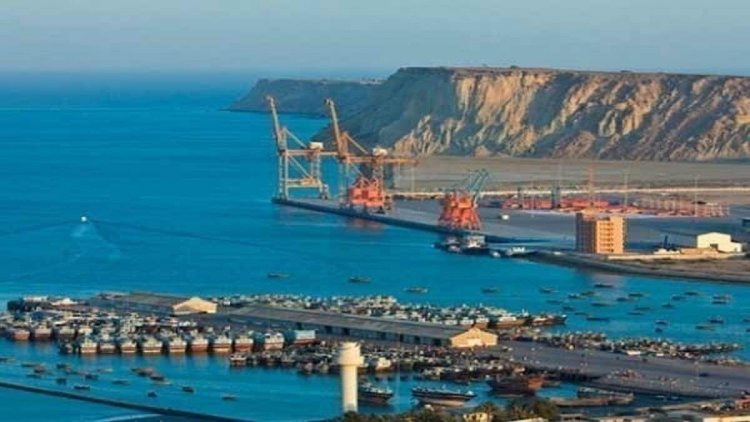China BRI Projects: Belt and Road Initiative ruined China, collapsed economy; BRI is now a burden for 'Dragon'
China BRI Projects The Belt and Road Initiative has now become a burden for China. Its economy has been ruined by this. This is doing him more harm. The BRI extends from Gwadar in Pakistan to Xinjiang in China.

China BRI Projects: China's belt and road initiative has now reached the brink of crisis. Due to this, Beijing is getting less profit, more loss. This initiative has now become a burden for China. It was started by China in 2013.
China chooses Gwadar as launch pad
According to Nikkei Asia, China had chosen Pakistan's Gwadar (port city) as its launch pad and presented it as Beijing's commercial window into the Indian Ocean, a center of regional integration under the Belt and Road Initiative. , but still many projects have failed to get off the ground or have yielded poor results.
BRI spread from Gwadar to Xinjiang
The BRI was first revealed in a speech by Chinese President Xi Jinping in 2013 as the 'Silk Road', which was scrapped with the announcement of the China-Pakistan Economic Corridor (CPEC) in April 2015. The BRI extended from Gwadar to Kashgar in the Chinese city of Xinjiang.
The CPEC showcased China-Pakistan 'all-weather friendship' with pledged funds of US$46 billion which have since grown to US$50 billion. It was to form the backbone of the now changed Belt and Road Initiative.
Gwadar called 'Pakistan's economic future'
When the CPEC agreements were signed, the government of Pakistan called Gwadar the 'economic future of Pakistan' and claimed that the GDP of Gwadar would increase from an estimated US$430 million in 2017 to US$30 billion by 2050. It will generate 12 lakh jobs for 90 thousand population here. But today, by the time the 20th Chinese Communist Party Congress takes place in Beijing, the CPEC is on the brink of crisis, as is the BRI itself.
None of China's projects completed
Nearly eight years after China announced a list of development projects in the city, such as a new airport, the Gwadar Free Zone, a 300-MW coal power plant and a water desalination plant, none of these works have been completed.
China spent 53 billion US dollars in Pakistan
- As of total investment from 2013 to 2022, China has spent US$53 billion in Pakistan.
- A 300 MW power plant was to be built in Gwadar, but the work has not started yet.
- Lack of electricity is the biggest obstacle to any meaningful development there.
- When China launched the BRI in 2013, Beijing's main motivation was domestic, according to Gong Chen, founder of the Beijing-based think tank Inbound, which had advised the central government about the BRI in the early days.
- Chen said that, when the concept was first presented to policymakers, its primary drivers were China's severely aging population, the difficulty of recruiting workers in the Pearl River Delta, and China's ability to expand its market scale. There was an excess of willingness and excess capacity in many economic sectors.
Sri Lanka defaulted in May
According to the Nikkei Asia report, Chinese loans boosted infrastructure in Sri Lanka, another BRI focus, but pushed it into its first loan default in May, resulting in the ouster of former President Gotabaya Rajapaksa. had to be out. Many Sri Lankans are calling for an end to corruption and mismanagement, which has left millions facing severe shortages of food, fuel and medicine.







